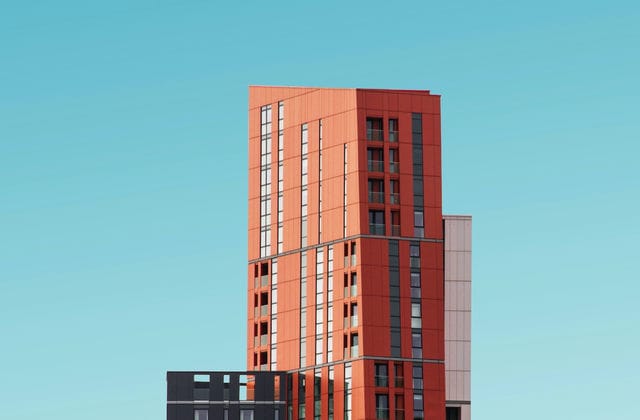The Leading Public BlockchainAurora Chain (token: AOA), the leading public blockchain, has released a groundbreaking new feature - scalable blocks that bring more flexibility and utility to public chain areas. Developers using Aurora Chain will be able to enjoy the latest features brought by Aurora and reduce the number of hard forks.
In the short history of the blockchain industry, hard forks have been a common problem. Bitcoin alone has over six hard forks, including Bitcoin Classic and Bitcoin Cash. In addition, the already forked Bitcoin Cash was forked again last year by two major mining pools, creating BCHABC and BCHSV.
While a hard fork may be a good way to gain attention in social media, it ultimately reduces the utility of Bitcoin and weakens its mining capabilities. For more up-to-date and advanced blockchains, this could be disastrous. The Aurora technical team has therefore developed a solution that reduces this risk.
The solution requires mining agents or agent candidates to vote to upgrade the blockchain within a 14-day limit. When the upgrade votes exceed the total number of voting agents and agent candidates, this upgrade will pass and the block height will be selected to implement the new upgrade.
The upgrade should include the URL of the version posted on GitHub, the version code, the update description and the md5 information of the new upgrade.
When the upgrade request is received by the upgrade program on the network, it will automatically retrieve the new version and proceed to validate this version. Upon successful validation, a test network will be activated.
Users can try this new version on the test network. If any problems or failures occur before the release is executed, the agent requesting the upgrade can bring the upgrade to a halt. The upgrade will not be executed until the stop is undone, even if the network reaches the agreed block height.
The solution has two smart contracts and an upgrade control.
Smart Contract A manages the upgrade smart contract, which is Smart Contract B. It can replace the old version of the blockchain code with the new version
Smart Contract B sets out the process of voting and retrieving upgrades. It oversees the 5 main parts of the solution.
1, Proxy and proxy node candidate voting
2, Other mining proxies or proxy candidates involved in the voting process
3, Escalation when the number of "yes" votes exceeds 2/3 of the total number of mining agents and agent candidates
4, The agent requesting escalation may stop the escalation process in case of emergency
5, The agent requesting escalation can resume the escalation process

Escalation control has three purposes.
1, Monitoring the entire network, overseeing the initiation, processing and suspension/abandonment of escalations
2, Monitoring the communication between contract A and contract b.
3, Optimising the concurrency of Testnet and Mainnet.
Aqua Zhao, Aurora Chain CEO, commented.
This is an important step for us and we are already aware of the scalability issues the industry faces. Our network is already faster than most public chains, but the "scalable blockchain" further enhances our scalability and usefulness.





























